AVAILABLE DOMAIN NAMES
- reddragonls.biz
- reddragonls.co
- reddragonls.com
- reddragonls.org

Below is a link to AliExpress.
"There are over 100 million products online now"
Alibaba now worth more than Facebook, Amazon, and IBM
Amazon, Facebook, IBM, Intel. As of midday on Friday 19th September 2014, Alibaba is now worth more than all of them.
On its first day as a publicly traded company on the New York Stock Exchange, shares in the Chinese e-commerce giant shot up by nearly one-third above their initial asking price. The Verge put the value of the company at around $228 billion (£139 billion). The only US tech companies worth more by market cap are Apple ($609 billion) (£373 billion), Google ($400 billion) (£245 billion), and Microsoft ($387 billion)(£237 billion).
Did you know that you could completely eliminate your power bill, by constructing a zero point magnetic power generator?
How would you like to create a generator that produces free electric energy? Using our easy-to-follow guide, you will be able to create a Magnetic Power Generator that provides you with absolutely free energy and doesn’t require any resource like wind or solar energy to function. The Magniwork Generator creates energy by itself and powers your home for free. The generator works fully off the grid.
This method has been researched for a long time, but due to suppression of this idea by the big corporations, the plans for building a free energy generator (which could change the world) has never been released. We finally succeeded in creating a website that offers the Do-It-Yourself instructions for building such a device, and it has been said that this device could be a huge development in helping solve the energy crisis.
PLEASE CLICK MAGIWORK GENERATOR PLANS LINK ABOVE
How would you like to create a generator that produces free electric energy? Using our easy-to-follow guide, you will be able to create a Magnetic Power Generator that provides you with absolutely free energy and doesn’t require any resource like wind or solar energy to function. The Magniwork Generator creates energy by itself and powers your home for free. The generator works fully off the grid.
This method has been researched for a long time, but due to suppression of this idea by the big corporations, the plans for building a free energy generator (which could change the world) has never been released. We finally succeeded in creating a website that offers the Do-It-Yourself instructions for building such a device, and it has been said that this device could be a huge development in helping solve the energy crisis.
PLEASE CLICK MAGIWORK GENERATOR PLANS LINK ABOVE
COULD SOLO POWER BE THE WAY FORWARD?
An autonomous building is a building designed to be operated independently from infrastructural support services such as the electric power grid, gas grid, municipal water systems, sewage treatment systems, storm drains, communication services, and in some cases, public roads.
Advocates of autonomous building describe advantages that include reduced environmental impacts, increased security, and lower costs of ownership. Some cited advantages satisfy tenets of green building, not independence per se (see below). Off-grid buildings often rely very little on civil services and are therefore safer and more comfortable during civil disaster or military attacks. (Off-grid buildings would not lose power or water if public supplies were compromised for some reason.)
Most of the research and published articles concerning autonomous building focus on residential homes.
British architects Brenda and Robert Vale have said that, as of 2002,
"It is quite possible in all parts of Australia to construct a 'house with no bills', which would be comfortable without heating and cooling, which would make its own electricity, collect its own water and deal with its own waste...These houses can be built now, using off-the-shelf techniques. It is possible to build a "house with no bills" for the same price as a conventional house, but it would be (25%) smaller."[1]
In the 1970s, a group of activists and engineers calling themselves the New Alchemists believed the warnings of imminent resource depletion and starvation. The New Alchemists were famous for the depth of research effort placed in their projects. Using conventionalconstruction techniques, they designed a series of "bioshelter" projects, the most famous of which was the Ark Bioshelter community for Prince Edward Island. They published the plans for all of these, with detailed design calculations and blueprints. The Ark used wind based water pumping and electricity, and was self-contained in food production. It had living quarters for people, fish tanks raising tilapia for protein, a greenhouse watered with fish water and a closed loop sewage reclamation system that recycled human waste into sanitized fertilizer for the fish tanks. As of January 2010, the successor organization to the New Alchemists has a web page up as the "New Alchemy Institute".[2] The PEI Ark has been abandoned and partially renovated several times.
The bathroom of an Earthship, featuring a recycled bottle wall
The 1990s saw the development of Earthships, similar in intent to the Ark project, but organized as a for-profit venture, with construction details published in a series of 3 books by Mike Reynolds. The building material is tires filled with earth. This makes a wall that has large amounts of thermal mass (see earth sheltering). Berms are placed on exposed surfaces to further increase the house's temperature stability. The water system starts with rain water, processed for drinking, then washing, then plant watering, then toilet flushing, and finally black water is recycled again for more plant watering. The cisterns are placed and used as thermal masses. Power, including electricity, heat and water heating, is from solar power.
1990s architects such as William McDonough and Ken Yeang applied environmentally responsible building design to large commercial buildings, such as office buildings, making them largely self-sufficient in energy production. One major bank building (ING's Amsterdam headquarters) in the Netherlands was constructed to be autonomous and artistic as well.
(One question that puzzles me - "where are the solar blinds for windows; why not utilize the sun you are keeping out the room?")
An autonomous building is a building designed to be operated independently from infrastructural support services such as the electric power grid, gas grid, municipal water systems, sewage treatment systems, storm drains, communication services, and in some cases, public roads.
Advocates of autonomous building describe advantages that include reduced environmental impacts, increased security, and lower costs of ownership. Some cited advantages satisfy tenets of green building, not independence per se (see below). Off-grid buildings often rely very little on civil services and are therefore safer and more comfortable during civil disaster or military attacks. (Off-grid buildings would not lose power or water if public supplies were compromised for some reason.)
Most of the research and published articles concerning autonomous building focus on residential homes.
British architects Brenda and Robert Vale have said that, as of 2002,
"It is quite possible in all parts of Australia to construct a 'house with no bills', which would be comfortable without heating and cooling, which would make its own electricity, collect its own water and deal with its own waste...These houses can be built now, using off-the-shelf techniques. It is possible to build a "house with no bills" for the same price as a conventional house, but it would be (25%) smaller."[1]
In the 1970s, a group of activists and engineers calling themselves the New Alchemists believed the warnings of imminent resource depletion and starvation. The New Alchemists were famous for the depth of research effort placed in their projects. Using conventionalconstruction techniques, they designed a series of "bioshelter" projects, the most famous of which was the Ark Bioshelter community for Prince Edward Island. They published the plans for all of these, with detailed design calculations and blueprints. The Ark used wind based water pumping and electricity, and was self-contained in food production. It had living quarters for people, fish tanks raising tilapia for protein, a greenhouse watered with fish water and a closed loop sewage reclamation system that recycled human waste into sanitized fertilizer for the fish tanks. As of January 2010, the successor organization to the New Alchemists has a web page up as the "New Alchemy Institute".[2] The PEI Ark has been abandoned and partially renovated several times.
The bathroom of an Earthship, featuring a recycled bottle wall
The 1990s saw the development of Earthships, similar in intent to the Ark project, but organized as a for-profit venture, with construction details published in a series of 3 books by Mike Reynolds. The building material is tires filled with earth. This makes a wall that has large amounts of thermal mass (see earth sheltering). Berms are placed on exposed surfaces to further increase the house's temperature stability. The water system starts with rain water, processed for drinking, then washing, then plant watering, then toilet flushing, and finally black water is recycled again for more plant watering. The cisterns are placed and used as thermal masses. Power, including electricity, heat and water heating, is from solar power.
1990s architects such as William McDonough and Ken Yeang applied environmentally responsible building design to large commercial buildings, such as office buildings, making them largely self-sufficient in energy production. One major bank building (ING's Amsterdam headquarters) in the Netherlands was constructed to be autonomous and artistic as well.
(One question that puzzles me - "where are the solar blinds for windows; why not utilize the sun you are keeping out the room?")
FREE ENERGY WITH THE TEWARI GENERATOR
The Reactionless Generator
What Happens to the Efficiency of a Generator when Back Torque is Eliminated?
The efficiency of an electrical generator is governed by mechanical and electrical limitations. The mechanical limitations include windage and friction of the generator’s rotor and bearings. The electrical limitations include electrical impedance within the windings of the generator as well as the back torque. With a prime mover such as steam, wind, or water is attached to a generator so as to cause the rotation of the generator’s rotor resulting in the production of either a direct or an alternating current within the generator’s conductors, a back torque is produced which counters the rotation caused by the prime mover.
Therefore, the problem with standard generators is that their efficiency is limited due to back torque generated as a result of current induced within the generator’s conductor windings.
Click Tewari image for full information
The efficiency of an electrical generator is governed by mechanical and electrical limitations. The mechanical limitations include windage and friction of the generator’s rotor and bearings. The electrical limitations include electrical impedance within the windings of the generator as well as the back torque. With a prime mover such as steam, wind, or water is attached to a generator so as to cause the rotation of the generator’s rotor resulting in the production of either a direct or an alternating current within the generator’s conductors, a back torque is produced which counters the rotation caused by the prime mover.
Therefore, the problem with standard generators is that their efficiency is limited due to back torque generated as a result of current induced within the generator’s conductor windings.
Click Tewari image for full information
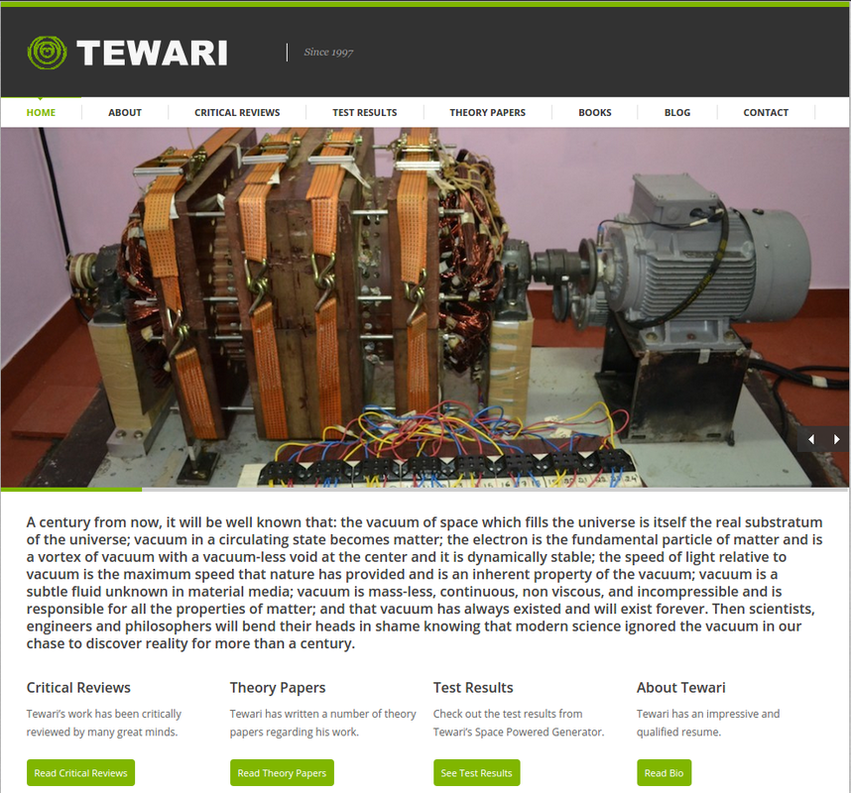
Paramahamsa Tewari lives and works in India.
Inquiries may be sent to:
Anupam Tewari
[email protected]
In an RLG (The Reactionless Generator), by a specific configuration of the circuits of the conductors and the magnetic field, an additive torque that supports the drive motor torque is produced, partly bypassing Lenz’s Law. As a result, the armature reaction is nullified and Lenz's law is bypassed. Enormous gains in efficiency have been demonstrated and as a result;
A new generation of highly efficient electrical machines is enabled which can greatly reduce the use of Fossil Fuels and Carbon Dioxide emissions.
A new generation of highly efficient electrical machines is enabled which can greatly reduce the use of Fossil Fuels and Carbon Dioxide emissions.



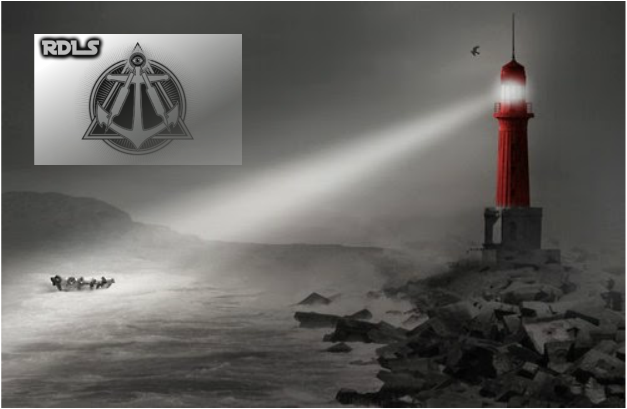






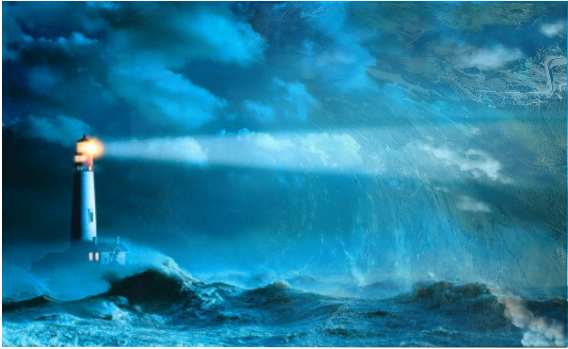

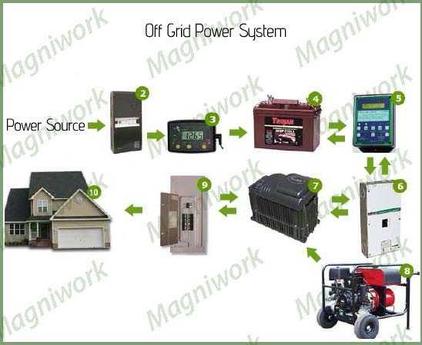
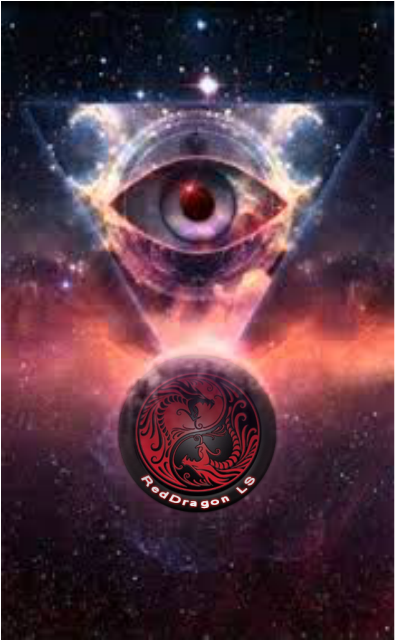
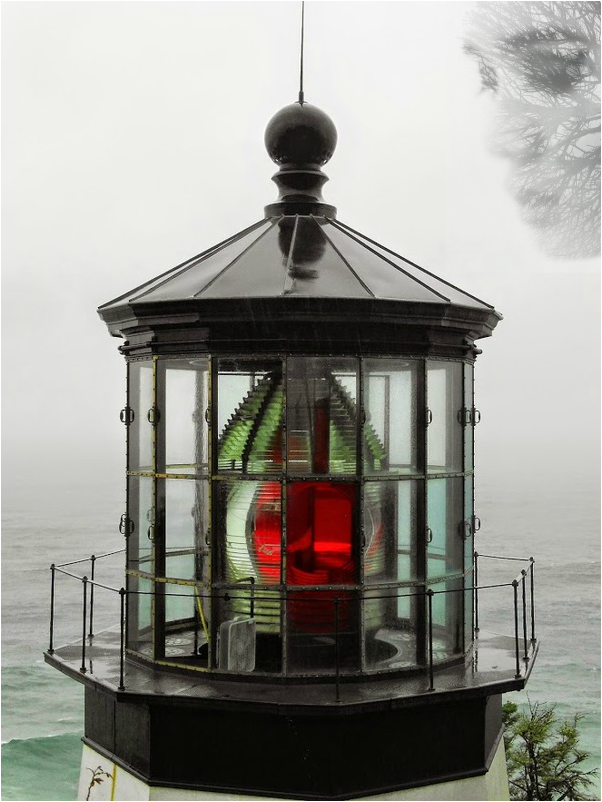
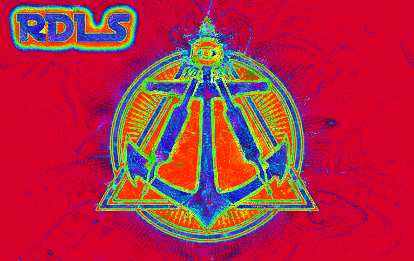


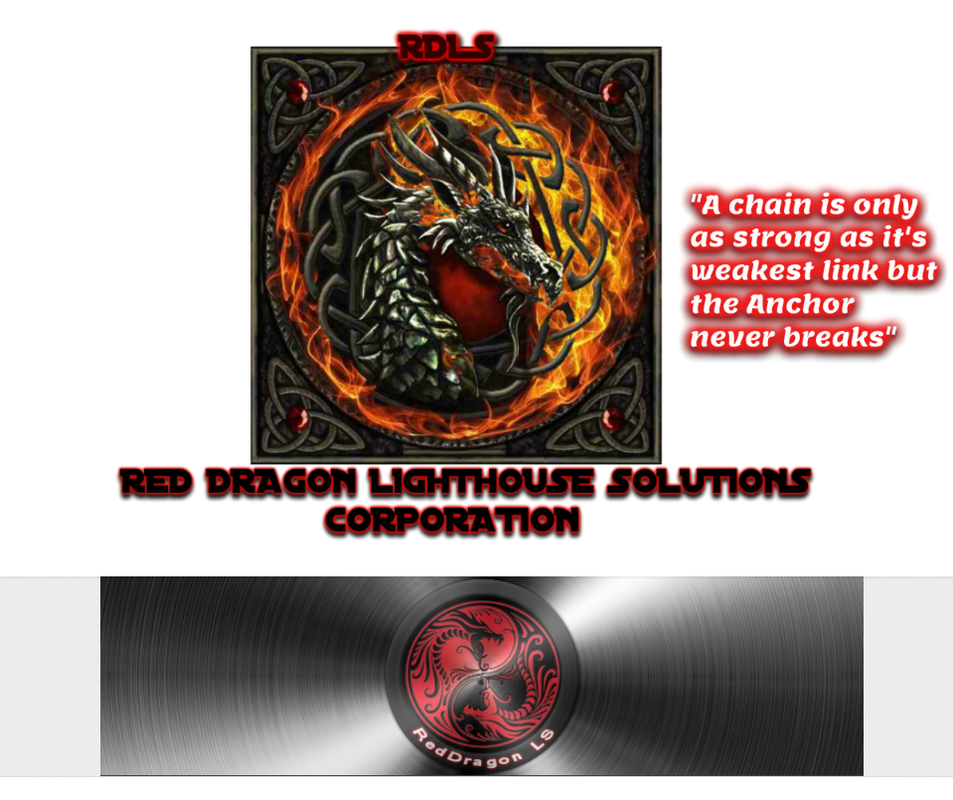


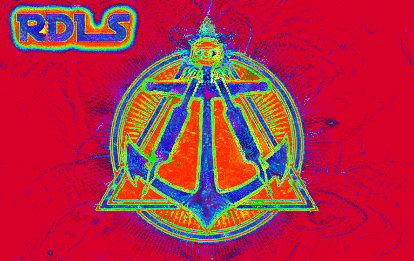
 Follow RED DRAGON LS's board Dragon mythology on Pinterest.
Follow RED DRAGON LS's board Dragon mythology on Pinterest.